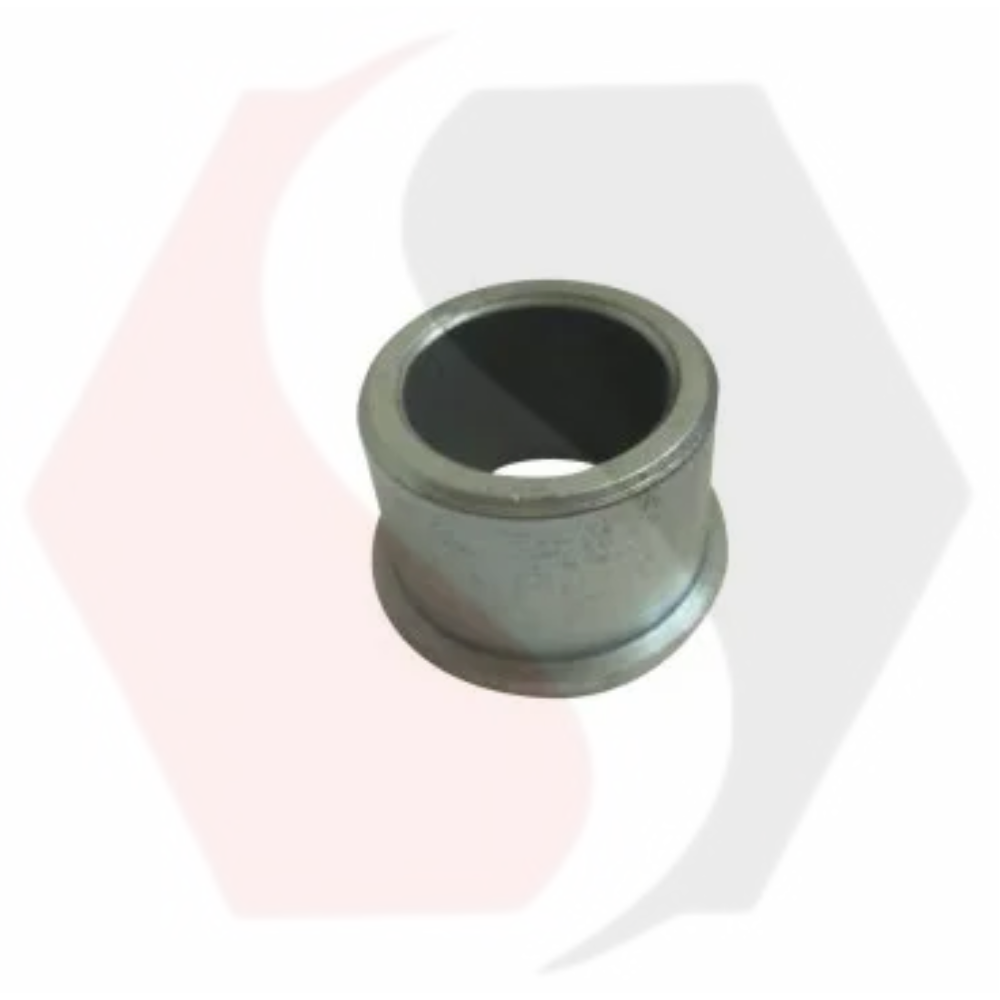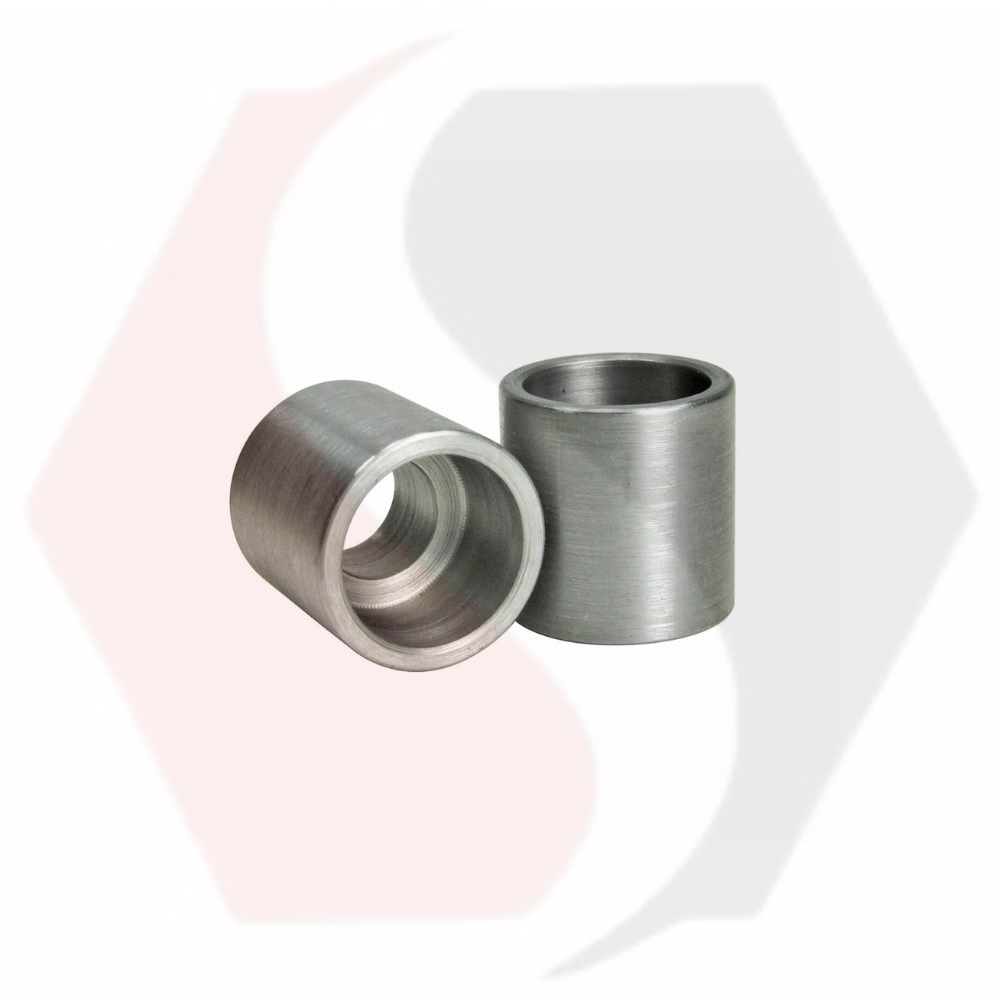Automotive Bushings Forging
Price 150.00 INR/ Piece
Automotive Bushings Forging Specification
- Type
- Bushes
- Usage
- Automobile industries
- Material
- Mild Steel
- Size
- As Per Customer Requirement
- Product Type
- Forging
- Color
- Silver
- Finish
- Coated
Automotive Bushings Forging Trade Information
- Minimum Order Quantity
- 5000 Pieces
- Payment Terms
- Cash Advance (CA), Cash in Advance (CID)
- Main Domestic Market
- All India
- Certifications
- ISO 9001
About Automotive Bushings Forging
"Automotive bushings forging refers to the process of manufacturing high-strength bushing components through forging, enhancing their durability, fatigue resistance, and performance under load. These bushings are critical in vehicle suspension, steering, and drivetrain systems, helping reduce vibration, absorb shocks, and maintain alignment in harsh operating conditions."
Keywords:
* Automotive bushings forging
* Forged automotive bushings
* Suspension bushings forged
* Forged bushing components
* High-strength forged bushings
* Forged metal bushings
* Custom forged bushings
* Vehicle bushing forging
* Forged suspension components
* Automotive rubber-metal bushings
* Durable forged bushings
* Precision forged bushings
* Forging process for bushings
* Bushings for automotive systems
* Forged bushing manufacturer

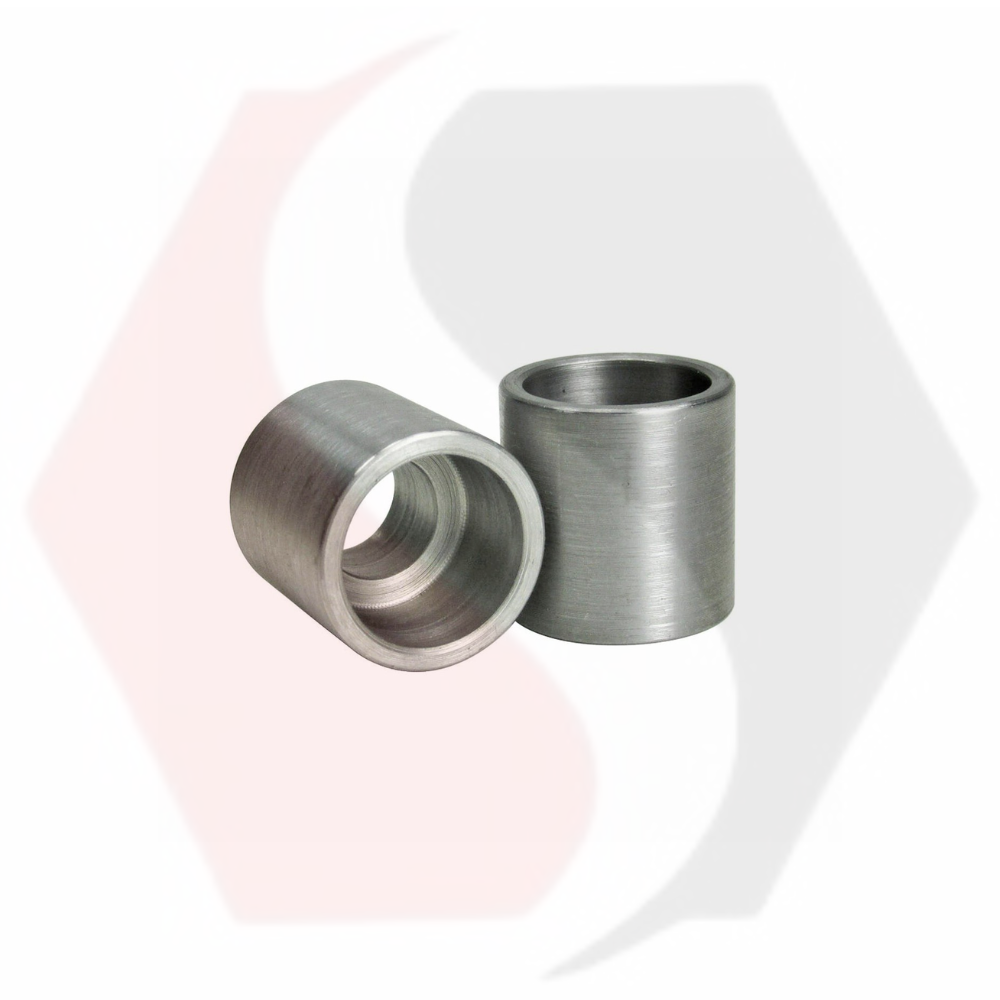
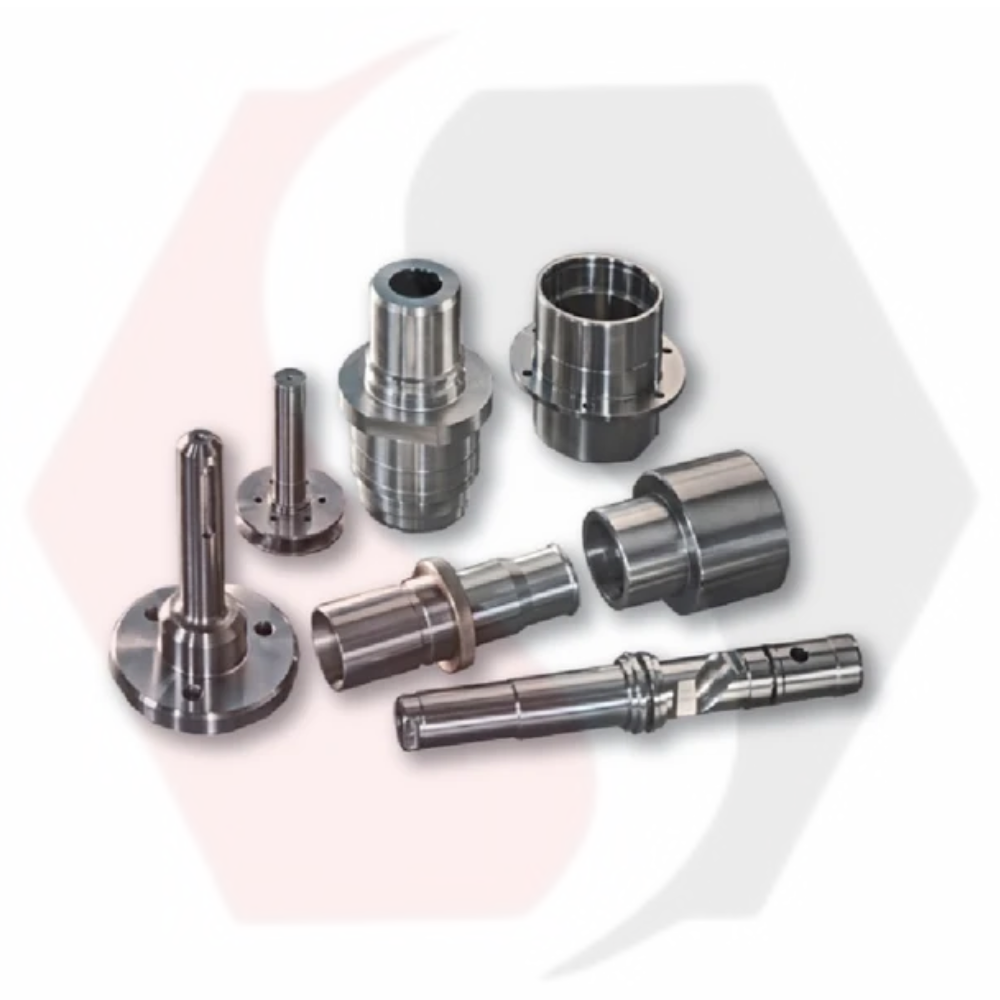
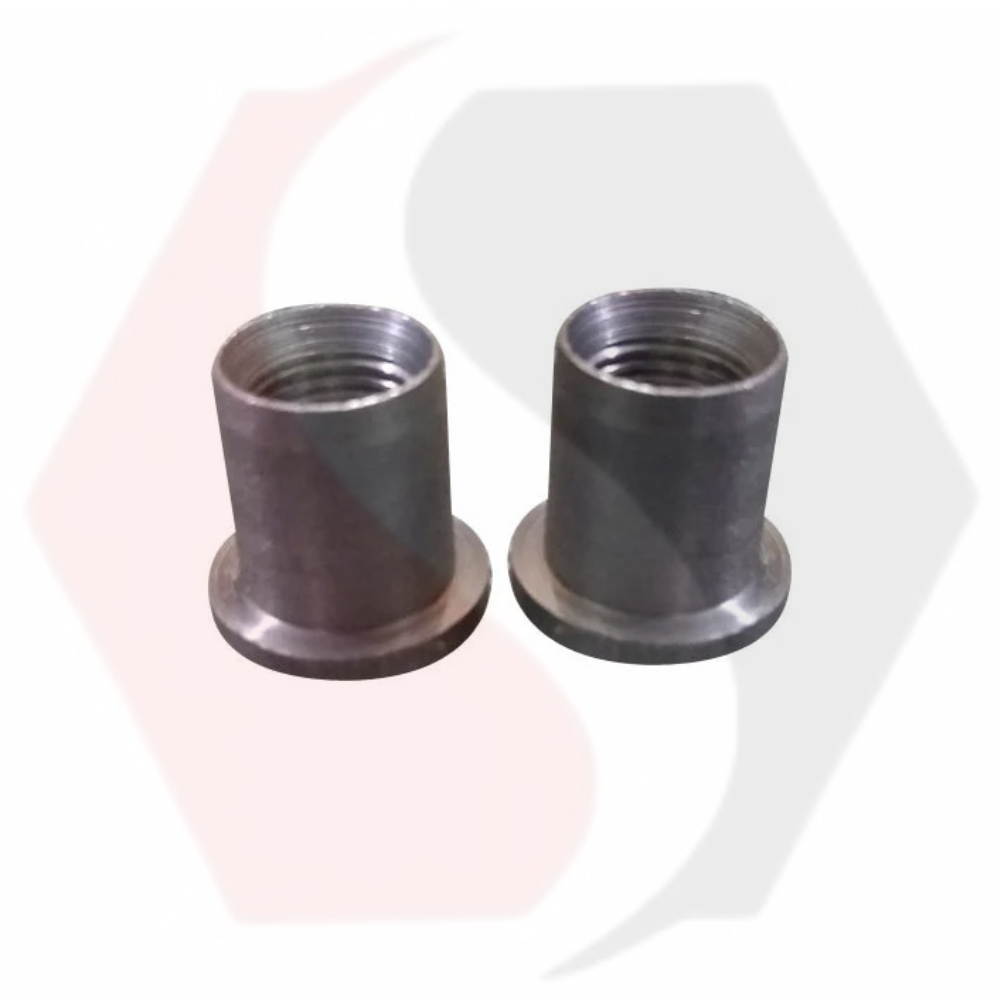

Price:
- 50
- 100
- 200
- 250
- 500
- 1000+
More Products in Bushes Category
Forged Mild Steel Bush
Price 150 INR / Piece
Minimum Order Quantity : 5000 Pieces
Product Type : Forged bush
Color : Grey
Hardness : Rigid
Material : Mild Steel
Forging Bushes
Price 150.00 INR / Piece
Minimum Order Quantity : 5000 Pieces
Product Type : Forging
Color : Silver
Hardness : Rigid
Material : Mild Steel
Turned Bushes
Price 150 INR / Piece
Minimum Order Quantity : 50000 Pieces
Product Type : Forging
Color : Silver
Hardness : Rigid
Material : Mild Steel

 Send Inquiry
Send Inquiry
